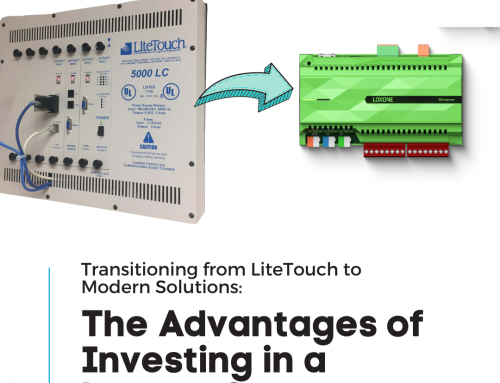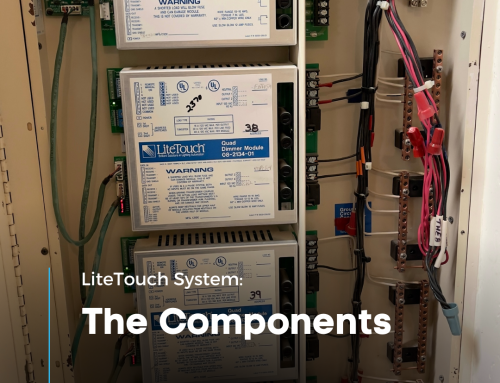When it comes to finding a worthy successor to LiteTouch, Loxone stands out. In this section, we’ll compare the two systems in terms of functionality, reliability, integration capabilities, and user interfaces. We’ll explain how Loxone offers a more extensive range of features and flexibility, making it an ideal choice for modern smart homes.
System Functionality and User Experience
LiteTouch was designed primarily for lighting control, offering the ability to create scenes and schedules and to adjust lighting levels. User interaction with the system typically happened through wall-mounted keypads, which had to be programmed by professionals. While customization was possible, it required technical knowledge and could be time-consuming. The user interface was more conventional, with a focus on physical, button-based control.
Loxone, on the other hand, offers a more holistic approach to home automation, covering not just lighting but also climate control, security, multimedia, energy management, and more. Users can interact with their Loxone system via an app, wall-mounted touch switches, voice control, or even automatically through sensors. Loxone provides a high degree of customization and the flexibility to easily adjust settings or create new scenes on-the-fly. The user interface, particularly with the Loxone App, is intuitive and user-friendly, making it simple even for non-tech-savvy users to take full control of their smart home.
Reliability and Support
Reliability has become a significant concern for LiteTouch users after the end of the product line and support. As the hardware ages, components can fail, and since new parts are no longer available, repairs can be problematic. The lack of software updates also presents potential security risks.
In contrast, Loxone is designed with reliability at its core. The Miniserver’s robust architecture ensures that the system can continue functioning even if one component fails. Moreover, Loxone offers ongoing support and regular software updates, adding new features, improving security, and ensuring compatibility with the latest smart devices. If a component does need replacing, users can rest assured knowing that Loxone provides a range of compatible products.

Keypads
LiteTouch’s keypads were a significant feature of the system, offering physical, button-based control of lighting scenes. However, their design was fairly basic and often needed a professional to configure or make changes to the assigned functions.
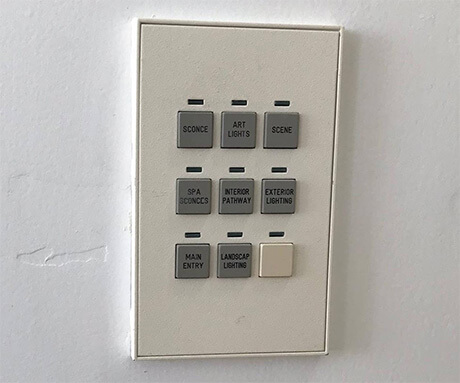
Loxone’s keypads, known as Loxone Touch switches, have a modern design and intuitive touch-based interface. They can be configured to control not only lighting but also other functions such as blinds, music, and more. Plus, configuration changes can be made simply using the Loxone App, with no need for a professional installer and with the Touch Flex you can now custom make your touch with labels and functionality.
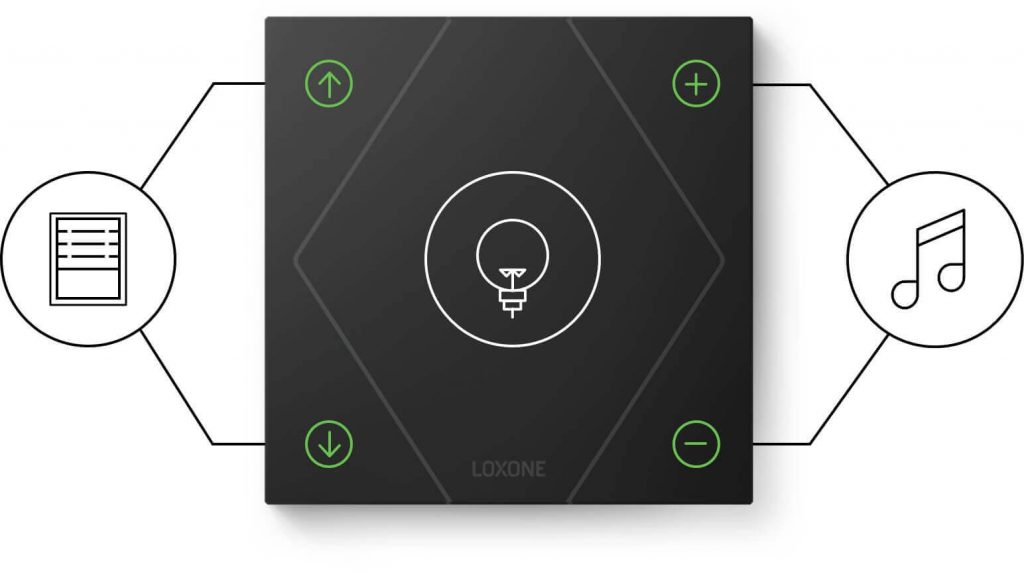
User Interface
LiteTouch’s user interface was primarily through the physical keypads and professionally installed touch panels. The system didn’t provide much in the way of remote control or app-based interaction, reflecting its origins in a pre-smartphone era.
Loxone, on the other hand, offers multiple interfaces for interaction. The Loxone App provides a comprehensive and intuitive interface for remote control and monitoring of all aspects of the smart home, from lights to heating to security and more. Loxone also supports voice control through integrations with popular platforms such as Amazon Alexa and Google Assistant, providing even more convenience for users.

Ease of Customization
With LiteTouch, customization was possible but required technical knowledge and professional assistance, making it less accessible for the average homeowner. Changing a scene or function could be a complex process.
Loxone shines in this area, offering homeowners the flexibility to easily customize their smart home settings. With the Loxone App, users can create and adjust lighting moods, schedules, and other automation features with just a few taps on their smartphone, providing a truly personalized smart home experience.
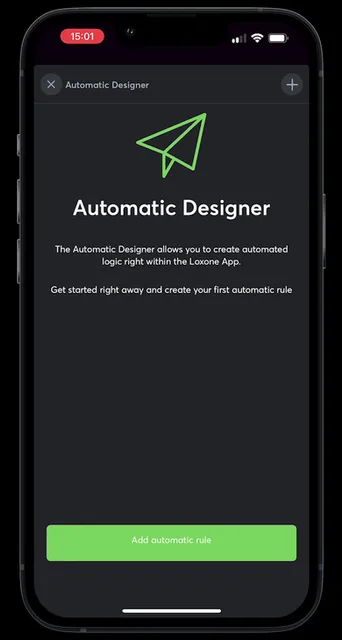
Integrations
LiteTouch was primarily a lighting control system, with limited ability to integrate with other home automation systems or smart devices. This could make it challenging for users who wanted to create a cohesive smart home ecosystem.
Loxone provides broad compatibility and integration possibilities, supporting a range of third-party devices and protocols. This enables users to seamlessly connect and control a wide variety of smart devices, from HVAC systems to multi-room audio, creating a fully integrated smart home environment.




